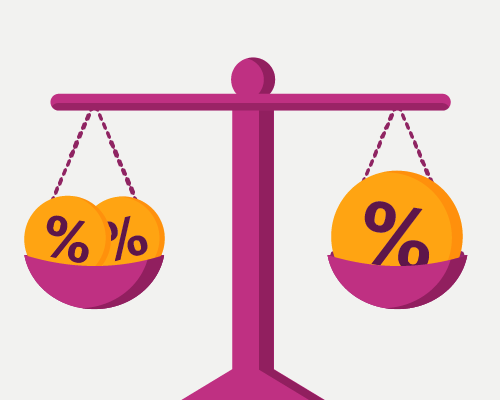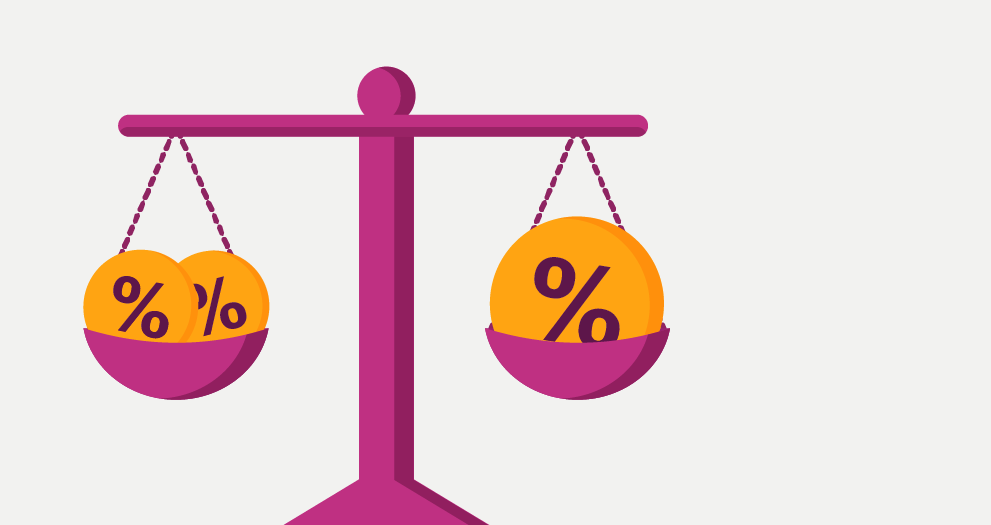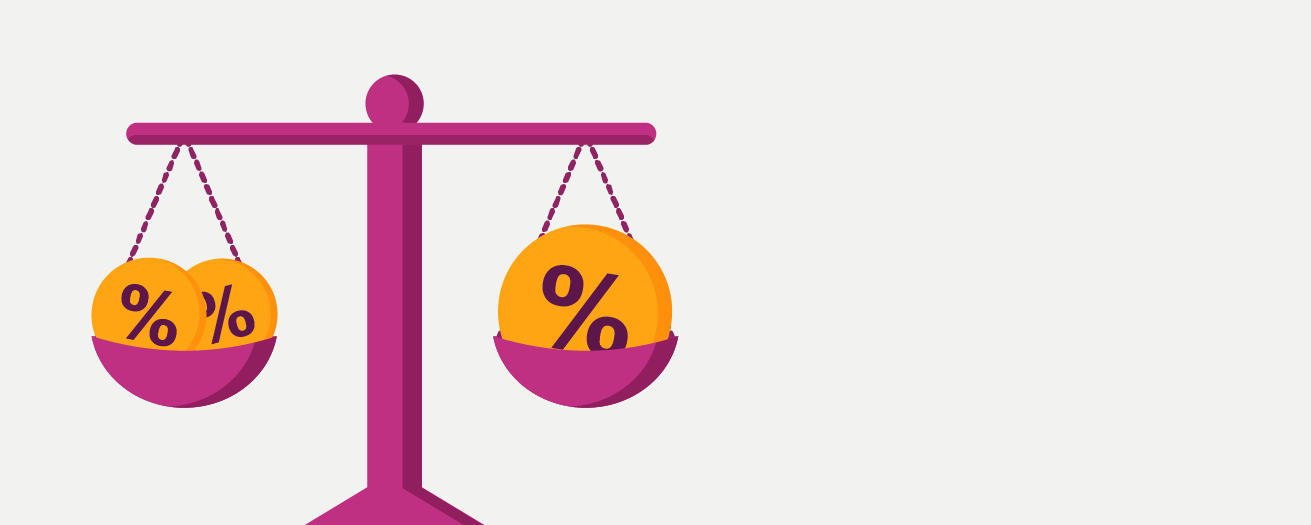Updated October 2024
What they are and how they work.
When picking the right financial institution for you, you’re probably looking for rates that score a 10/10.
But what exactly are rates and how are they determined?
Keeping it simple.
A fixed rate remains the same, and a variable rate changes. It’s good practice to read the terms and conditions carefully to understand a rate and how it impacts your wallet.
Fed up? Or fed down?
The Federal Reserve is in charge when it comes to determining the federal funds rate. This rate affects how much credit unions and banks pay to borrow money.
Primed for change.
The prime rate is usually a benchmark in setting home equity lines of credit and savings. This rate is often considered the lowest rate given to commercial borrowers. When the prime rate changes it is passed on as a change to consumer loan and savings rates.
Going through (rate) changes.
Have you ever noticed a rate change fast? Variable-rate credit cards can change quickly due to interest rates going up or down. If your variable interest rate is based on the prime rate, it could change out of nowhere.
However, if your card has a fixed interest rate, and you’re making your payments on time, then you will receive notice from the card issuer if your rate changes. Check your credit card terms and conditions to see if your card has a fixed or variable rate.
What about loans?
Just like your credit cards, loans are affected by changing rates if the interest rate is variable. Fixed rate loans should not be affected by rising rates. But if your loan is variable, such as a revolving line of credit or an adjustable-rate mortgage, then you should determine how the interest rate changes are calculated.
If you have time to pay off your loan, a few years or more, refinancing the loan with a fixed rate may be a great option.
Don’ t have any loans but are thinking about your next big purchase? Take time to research the cost of the loan needed. Even small changes in interest can make a big dent in your wallet.
Creating great savings.
Savings account rates tend to respond to rate adjustments by the Federal Reserve at most financial institutions, but change at a slower pace than loans and credit cards.
This is because financial institutions patiently wait to ensure they have an acceptable net interest margin between what they can charge for loans (interest earned) and what they must pay depositors on their savings (dividends paid).
For short-term savers, this means interest rates are likely NOT to change dramatically soon. However, if you’re looking to save for long-term goals, then a rise in interest rates could boost your dividends. Lock in at a higher savings rate to grow your savings!
At the end of the day.
While rising interest rates may cause borrowing money to have a hefty price tag, saving money is likely to have a better pay back. If changes are happening often, you may want to consider “laddering” your certificate investments to smooth out the road bumps.
Even with wild rates, having great financial health, budgeting skills, paying off debt, and saving always remain the same.





